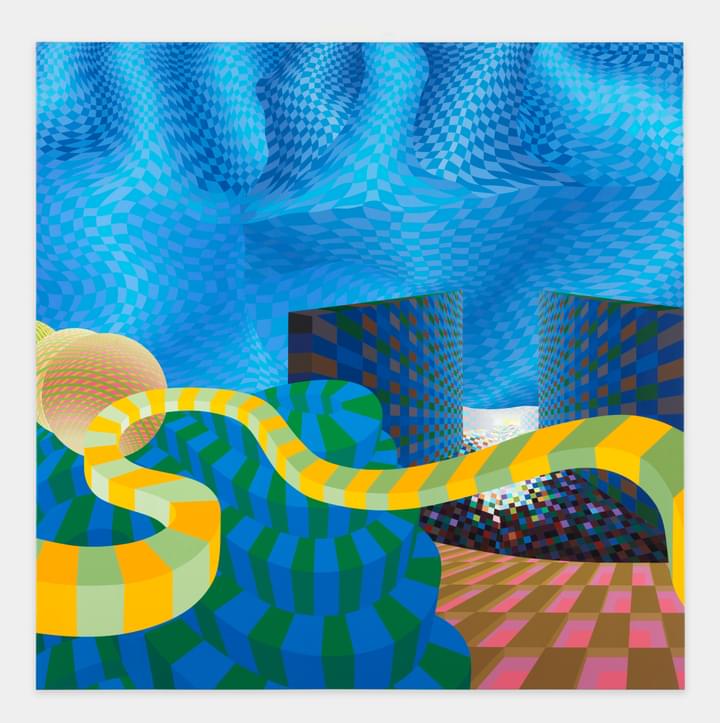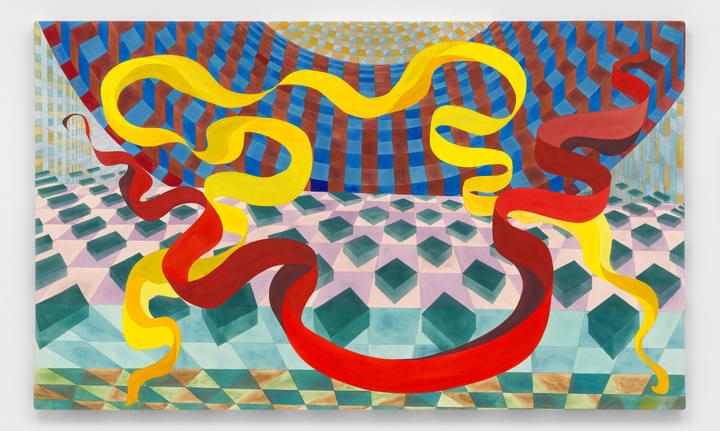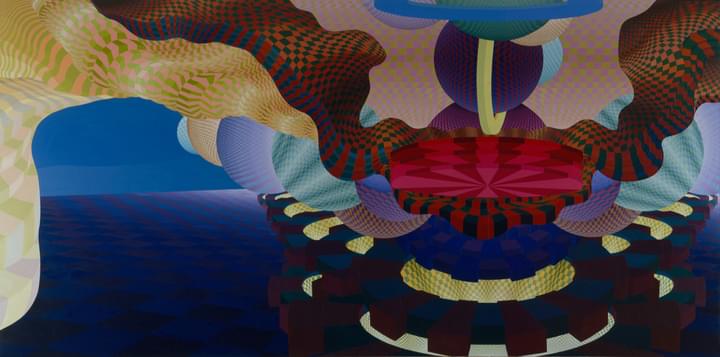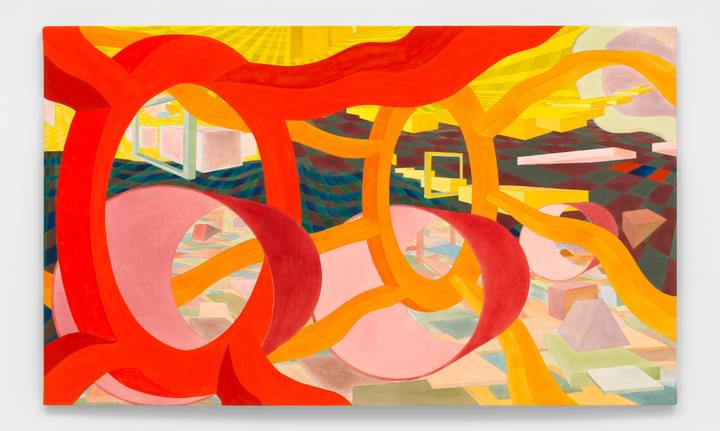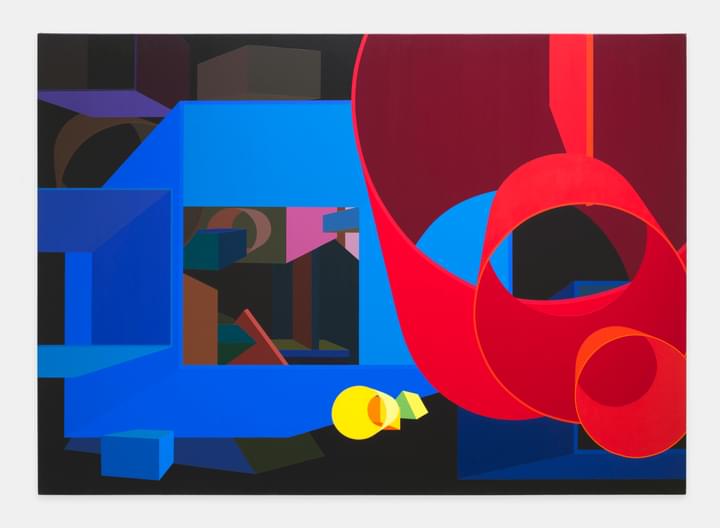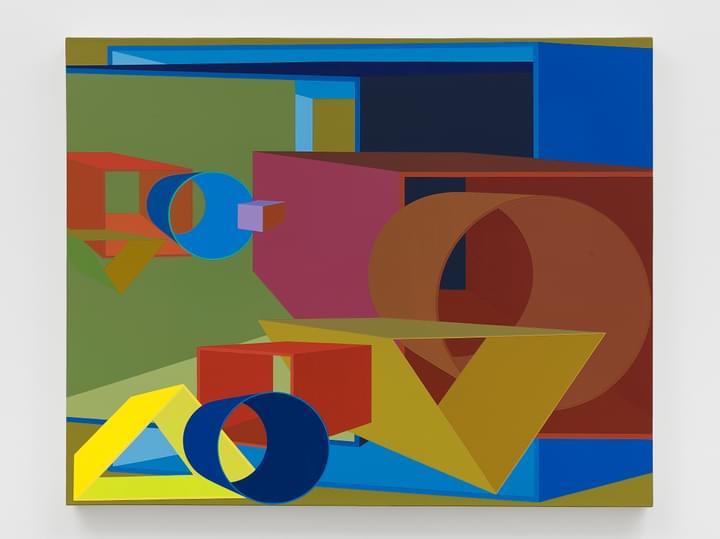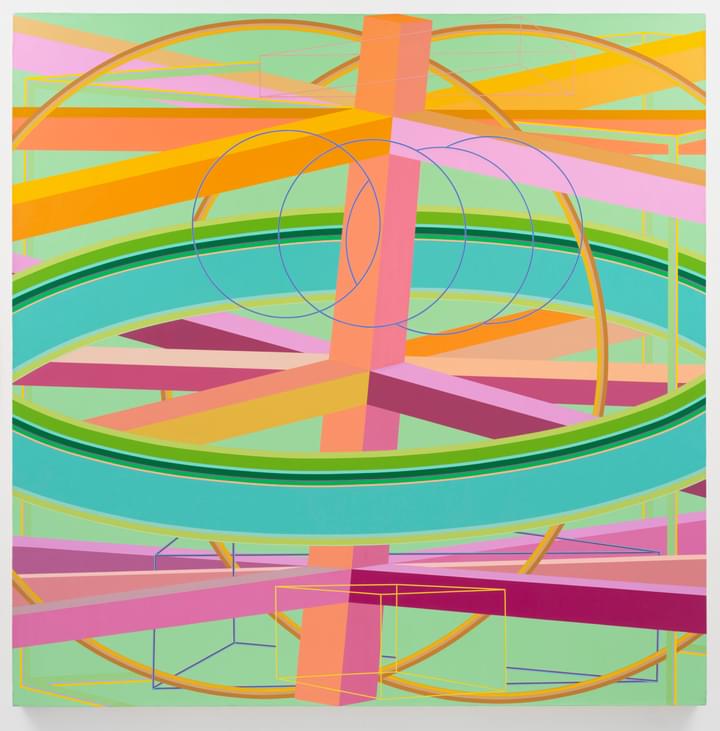
I Beam, 1961
Al Held
Born in Brooklyn, New York
(1928 – 2005)
Artworks
Exhibitions
Gallery Exhibition
Al Held
About Space
27 June – 1 September 2024
Gallery Exhibition
Al Held
Watercolours
19 April – 27 May 2023
Gallery Exhibition
Al Held
28 January – 28 February 2021
West Palm Beach
Gallery Exhibition
Al Held
The Sixties
20 November 2020 – 27 February 2021
Museum Exhibitions
Find out more19 October - 8 December 2019
21 November 2018 - 22 April 2019
Films
Daniel Belasco on Al Held
Daniel Belasco, Executive Director of the Al Held Foundation, explores the artist’s monumental exhibition ‘Al Held: About Space’ at White Cube Bermondsey.
Daniel Belasco on Al Held
Daniel Belasco, Executive Director of the Al Held Foundation, explores the artist’s monumental exhibition ‘Al Held: About Space’ at White Cube Bermondsey.
Marcia Tucker and Al Held at Whitney Museum of American Art
Al Held in conversation with Marcia Tucker ahead of his 1974 retrospective ‘Al Held’ Whitney Museum of American Art, New York.
John Good on the life and career of Al Held
John Good gives an overview of the work of Al Held, tracing his career from his first 'pigment' paintings to later hard-edged canvases.
Michael Craig-Martin and John Good on Al Held
Michael Craig-Martin and John Good discuss the life and work of Al Held. Artist Michael Craig-Martin attended Yale and studied with Al Held.
News
Find out more22 September 2019
Create an Account
To view available artworks and access prices.
